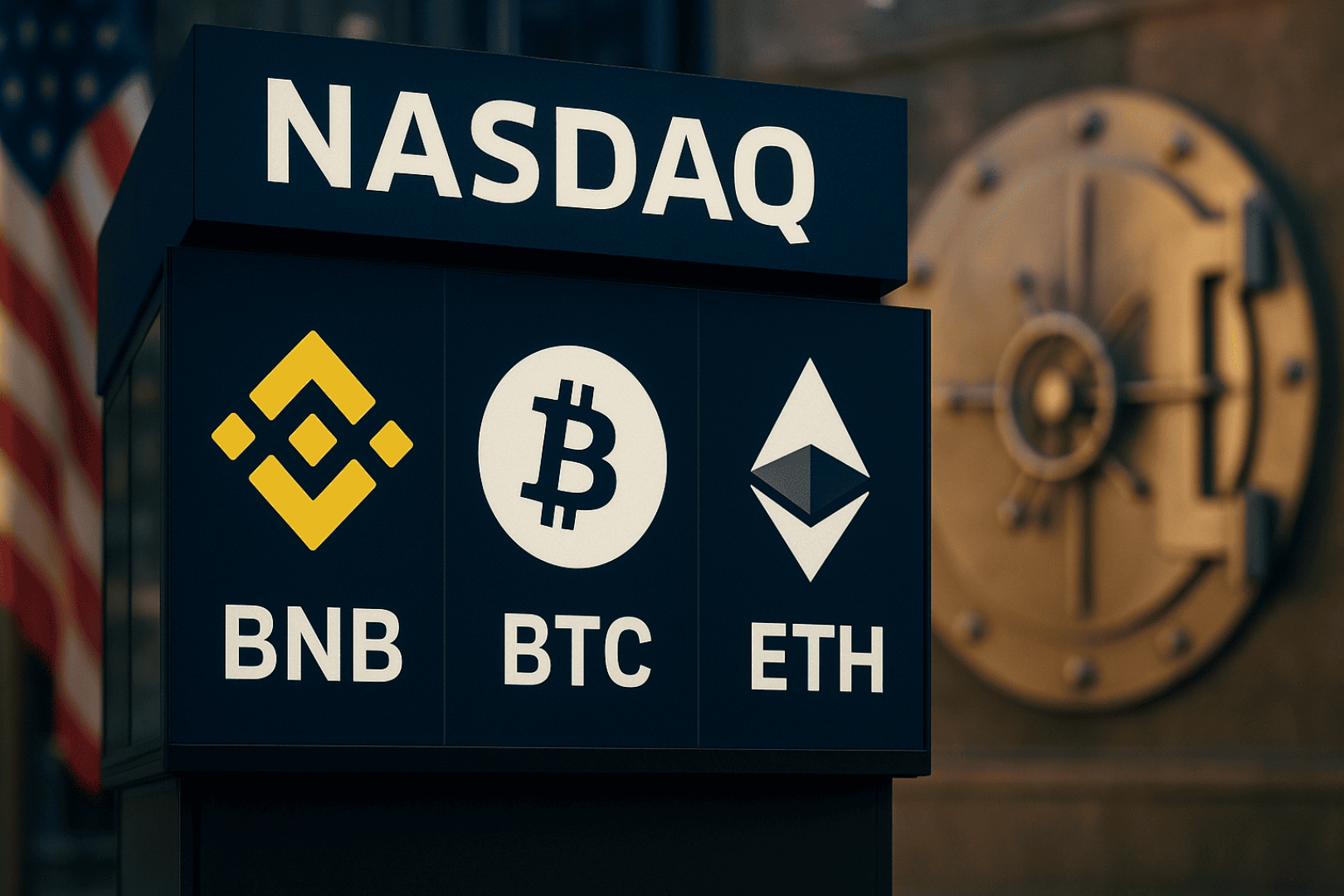
Editor's Note: This article comes fromBlue Fox NotesEditor's Note: This article comes from
Blue Fox Notes
(ID: lanhubiji), Author: Blue Fox, released with authorization.
Blockchain 1.0 is Bitcoin, which abstracts the blockchain technology through Bitcoin, and derives a series of digital currencies on this basis, from btc, bch, ltc to Dash, Monero, Zcash, etc., until today these The market value of digital currency is still in the forefront.
But neither 1.0 nor 2.0 solved these problems: scalability, transaction fees, high latency. For the sake of security, the blockchain cannot achieve the high efficiency of the centralized system.
If security, decentralization and performance cannot be achieved at the same time, then the next question is, will there be a blockchain 3.0?
secondary title
1. If there is 3.0, balance is the choice
What is Blockchain 3.0? How will it explode? No one knows. If so, there are currently three possible directions: one is to achieve high-efficiency goals by sacrificing decentralization. On this basis, the relationship between security, performance and decentralization is balanced, and a certain range is realized. Relatively balanced DApp ecology.
Because decentralization itself is not an end, network security, protection of user data and property rights, and trusted value circulation and transfer are the ends. Applications built on this infrastructure have certain advantages over the traditional centralized application ecosystem, and can meet some of the needs of users for security, privacy, and autonomy.
Another is the combination of technologies such as content addressing and blockchain to realize the explosion of content value transmission and liberate the potential in this area. The explosiveness of this aspect will definitely far exceed the energy brought by the crowdfunding of Ethereum, because it is facing hundreds of millions of users, rather than the millions of users participating in crowdfunding and blockchain investment.
The last option is the combination of blockchain and the Internet of Things, which is also a possible outbreak point.
secondary title
2. If there is no 3.0, holochain may be an opportunity
If we keep putting our thoughts on the blockchain, there seems to be no way out. If the current technology only increases tps from 15 to 1000, or even 10000, it will not solve the essential problem. Security, decentralization and efficiency cannot be fully balanced.
If the partially optimized social experiment fails to find a breakthrough, maybe the opportunity for holochains will come.
First of all, holochain is not a blockchain, it is a holo chain, don't look at it with the logic of blockchain. Holochain is a platform for building decentralized applications. Its characteristic is that each device on its network has its own security ledger, which can run independently or interact with other devices on the network, enabling decentralization optimized edge computing.
That is to say, users can have their own chains, add data by themselves, and chains can merge, fork, and interact. Holochain allows any device to have its own ledger system.
It is also a scalable, agent-centric distributed computing platform. From the perspective of holochain, the blockchain is data-centric, and the holochain is agent-centric.
The agent-centric computing architecture can achieve horizontal and vertical expansion. Holochain is a new data storage and transmission mode that can be used for any terminal device. Even smartphones can operate independently and become part of a peer-to-peer network without connecting to a centralized server.
In this way, holochain developers can build new distributed applications and services on this basis, while also protecting user privacy and allowing users to truly own their own data.
Any device on the holochain network can run independently, and only when the data needs to be synchronized will be synchronized after the user agrees. Each user controls their own data, and there is no need to worry about the data being sold or leaked to a third party. Facebook's Cambridge Analytica thing.
The data storage method of Holochain is also decentralized, similar to Bittorrent. The data has a hash. Once someone tries to tamper with the data, the mismatch between the data and the hash will be noticed, and the data will be considered invalid. Digital signatures guarantee the authorship of data. It is Bittorrent+git+digital signature.
Holochain is more efficient than blockchain. Blockchains such as Bitcoin and Ethereum require enormous computing power to operate. This is done for consensus, making sure everyone agrees that the ledger is correct.
Holochain has no native currency, it is an encrypted accounting platform that "runs its own currency". Instead of focusing on coins, holochain focuses on accounts. Invalid transactions, such as illegally increasing balances, are rejected by the network.
In holochain, developers can build decentralized applications, such as decentralized applications in collaboration, social networking, social media, sharing economy, supply chain, social resource management, reputation system, etc.
epilogue
secondary title
epilogue
Holochain can solve the scalability problem while retaining the distributed characteristics, and users truly control their own data. Data is exchanged only when a consensus is needed. In addition, it also values community contribution, participation, and mutual services, and can also protect user data and privacy.



